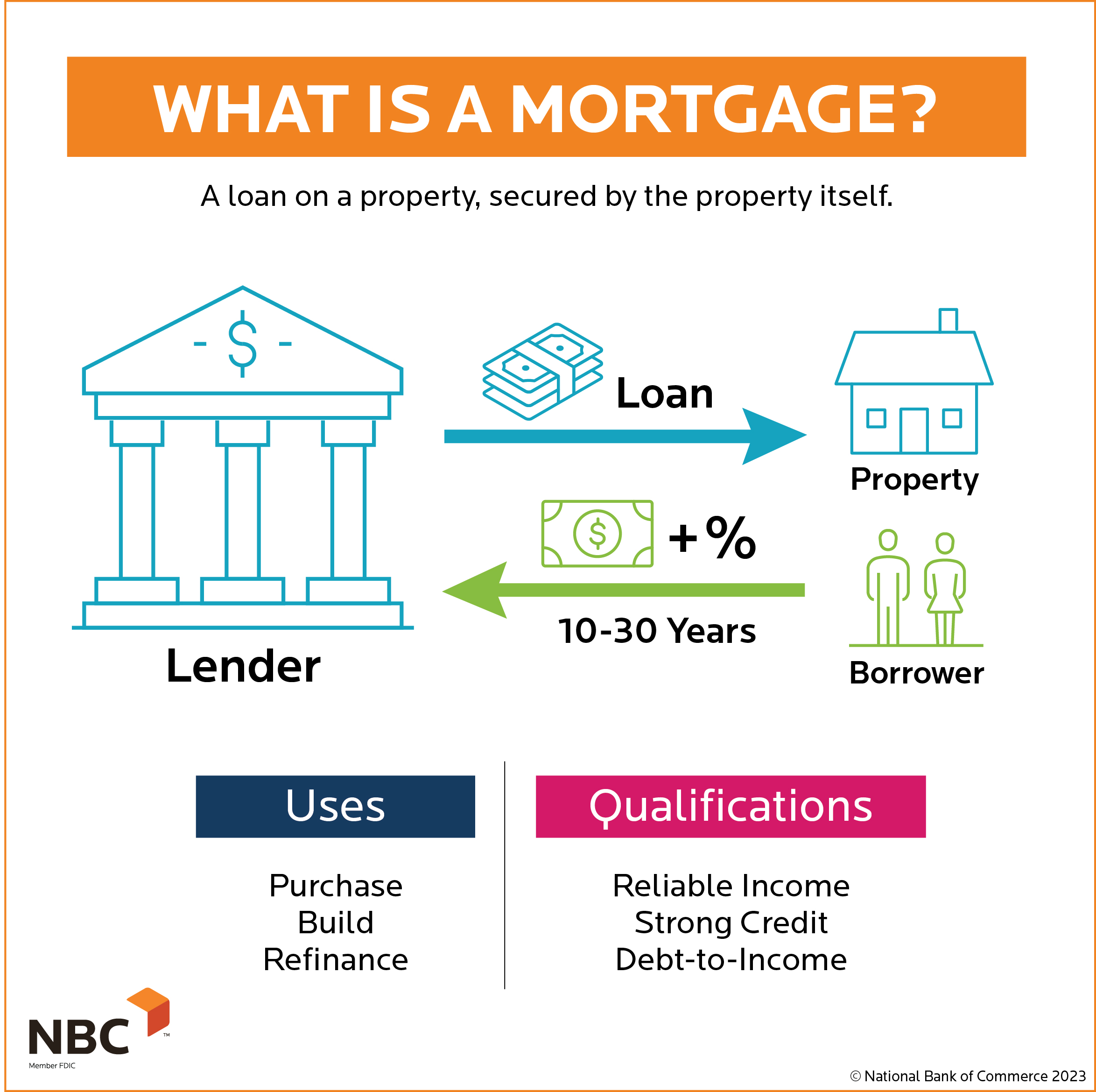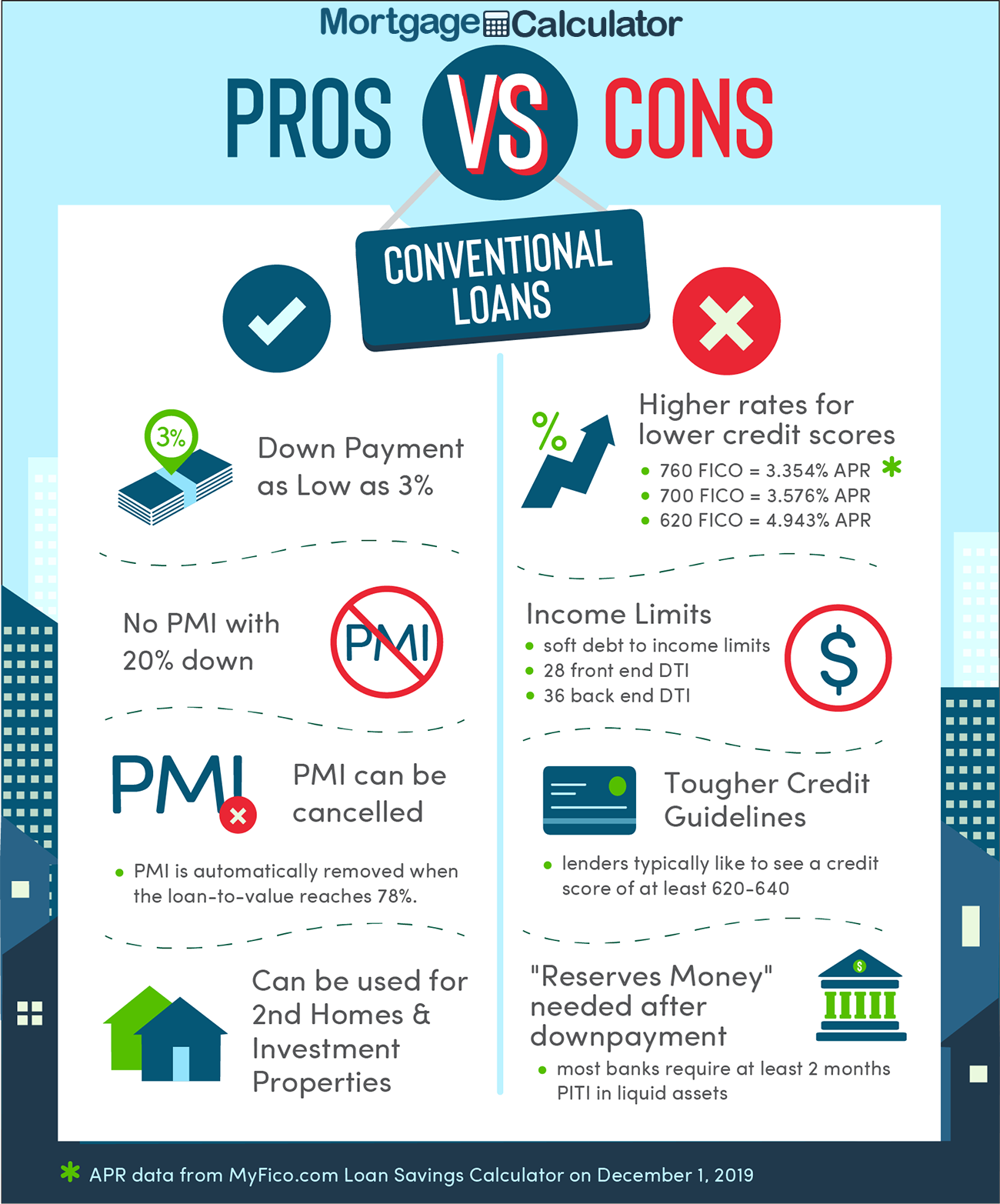Professional Tips for Protecting Conventional Mortgage Loans with Competitive Rates
Professional Tips for Protecting Conventional Mortgage Loans with Competitive Rates
Blog Article
The Vital Factors to Consider When Picking In Between Fixed-Rate and Variable-rate Mortgage Finances
When assessing home loan choices, customers deal with a crucial choice between adjustable-rate and fixed-rate finances, each offering distinctive benefits and possible challenges. Secret factors to consider such as rate of interest price stability, predictability in regular monthly repayments, and the effects of prospective price adjustments can substantially affect long-term economic health. Recognizing the expected period of homeownership and the general cost of loaning can shape one's approach. As these factors link with individual financial scenarios and take the chance of resistance, the implications of this selection may not be as simple as they seem. What subtleties should be focused on in this important decision-making process?
Rate Of Interest Security
When selecting a home loan, understanding rate of interest rate security is critical for notified decision-making. Passion rates can significantly impact the total cost of a home loan, and recognizing the nature of these rates is crucial for borrowers.
On the other hand, adjustable-rate mortgages (ARMs) start with lower initial rates that may transform periodically based upon market conditions. While this can result in reduced repayments initially, it additionally presents unpredictability, as consumers might deal with raised repayments if rate of interest climb. For those considering an ARM, it is essential to examine the chance of price changes, the potential for payment rises, and the size of the initial fixed-rate duration.
Ultimately, the choice in between adjustable-rate and fixed-rate home mortgages rests on private threat resistance and monetary situations. Recognizing rates of interest stability aids borrowers make educated decisions that align with their long-lasting economic objectives.
Month-to-month Repayment Predictability
While customers frequently prioritize rates of interest security, the predictability of monthly settlements is similarly essential in the home mortgage option process (Conventional mortgage loans). Monthly repayment predictability plays a vital function in budgeting and financial preparation, as it directly influences a property owner's cash money circulation and total monetary wellness
Fixed-rate home loans provide a constant month-to-month settlement throughout the life of the car loan, allowing borrowers to prepare for and plan their expenses effectively. This security can be specifically helpful for newbie property buyers or those on a set income, as it gets rid of the unpredictability associated with rising and fall payments.
Alternatively, variable-rate mortgages (ARMs) normally feature reduced initial payments that can transform with time, bring about potential variability in regular monthly responsibilities. While initially appealing, this changability can make complex financial preparation, especially if customers do not make up future price modifications.
Potential Price Adjustments
In the realm of adjustable-rate home mortgages (ARMs), possible rate modifications stand for a significant factor that borrowers should thoroughly take into consideration. Unlike fixed-rate mortgages, where the rate of interest stays unmodified for the life of the car loan, ARMs are characterized by fluctuating rate of interest that are connected to market indices. This variability can result in substantial changes in monthly settlements, impacting the debtor's monetary planning and budgeting.
Usually, ARMs have a first fixed-rate period throughout which the rates of interest is steady. After this duration, however, the rate readjusts at fixed intervals-- frequently yearly. Consumers need to understand the margin and index utilized to determine these adjustments, as they straight influence future rate of interest. In addition, ARMs often consist of caps that limit how a lot the rates of interest can raise at each change and over the life of the loan, which can give some degree of protection against drastic price walkings.
Comprehending these potential modifications is crucial for consumers, as they directly influence long-term repayment obligations. Evaluating individual monetary situations and run the risk of resistance is important when making a decision whether an ARM continue reading this lines up with one's economic goals.
Loan Term Considerations
Lending term factors to consider play a pivotal role in the decision-making process for debtors choosing between fixed-rate and adjustable-rate home mortgages. The size of the finance term substantially affects month-to-month payments, rates of interest, and overall monetary planning. Fixed-rate home loans commonly supply terms of 15 to 30 years, giving security in monthly payments and predictability in budgeting. This can be especially appealing for borrowers who intend to stay in the very same home lasting and prefer the certainty of fixed repayments throughout the life of the funding.

Ultimately, consumers have to analyze their individual conditions, monetary goals, and market problems when considering the effects of loan term selections within each home mortgage kind.

Total Cost of Loaning
Fixed-rate home mortgages provide predictable regular monthly payments, as the interest rate remains continuous throughout the funding term. This predictability can lead to reduced total costs, particularly in a steady or decreasing passion price environment.
On the other hand, variable-rate mortgages (ARMs) commonly start with lower initial prices, resulting in minimized in advance expenses. These prices can raise after a preliminary duration, leading to potentially higher long-lasting costs. Borrowers have to consider the frequency and level of rate changes, as well as click this link the overall financing duration, to properly assess the monetary effects.
Additionally, the overall cost of loaning encompasses not only rates of interest but additionally costs and various other connected costs, such as shutting prices and insurance (Conventional mortgage loans). When assessing home mortgage alternatives, consumers must carry out a complete cost evaluation over the life of the lending. By doing so, they can make an enlightened decision that aligns with their economic goals and risk tolerance
Conclusion
Finally, selecting in between adjustable-rate and fixed-rate home loan lendings necessitates mindful factor to consider of several essential factors. Rate of interest stability and month-to-month payment predictability are extremely important for effective budgeting, while the capacity for price adjustments in ARMs presents financial uncertainty. Furthermore, the awaited duration of homeownership and the overall expense of borrowing, including rates of interest and linked charges, must straighten with specific financial conditions and run the risk of tolerance. Such a comprehensive evaluation will assist in educated decision-making in mortgage choice.
Key factors to consider such as interest price security, predictability in monthly payments, and the effects of prospective rate adjustments can significantly influence lasting financial health. Rate of interest rates can considerably influence the total cost of a mortgage, and recognizing the nature of these prices is important for debtors. Unlike fixed-rate mortgages, where the rate of interest price stays the same for the life of the lending, ARMs are characterized by varying rate of interest rates that are tied to market indices. Additionally, ARMs commonly consist of caps that restrict just how a lot the passion price can increase at each change and over the life of the finance, which can provide some degree of defense versus extreme rate hikes.
Interest price security and monthly settlement predictability are critical for effective budgeting, while the possibility for price changes in ARMs introduces financial unpredictability.
Report this page